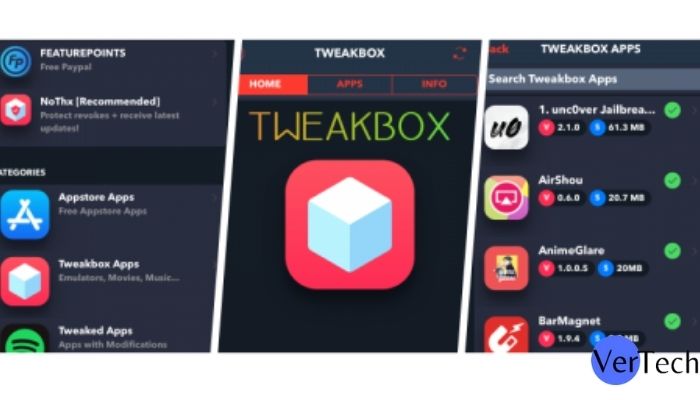Tech
Top Platforms that Support Text Analytics Projects

Python is a remarkably useful programming language for data science professionals. In the recent year, we have seen a dramatic rise in applications related to data science using Python coding. One of the biggest domains in this specialization is Text Analytics. In this article, we will explain the top Python friendly platforms that are used to build text analytics projects for the enterprise software customers.
Origin of text analytics in data science
Text analytics is a relatively new specialization in data science that traces its origin to data mining from internet libraries and search engines. Text analytics is defined as an extension of the text mining process that involves a sophisticated use of techniques to extract useful information from existing online resources such as web pages, social media conversations, ebooks, product reviews, discussions, and so on. Even email and chatbot conversations are used now to analyze text and gather information intelligently using various tools.
Top Tools for Text Analytics in data science
Now, if you are looking to develop as a full time text analysts after completing data science using Python coding, here are some of the top tools that you should know.
Power BI Desktop
Text analytics is all about model training with unlabelled data and supervised algorithms. Python is widely used to ensure this is simplified and brought to speed with powerful models like Named Entity Recognition or NER. Power BI is Microsoft’s powerful offering for text analytics within NER. It is used to pre-train machine learning algorithms for various data science processes. It can be used for advanced NLP techniques too such as Language translation, Key Phrase Extraction, and Image Tagging.
IBM’s Watson AI
IBM’s Watson AI is among the world’s most powerful AI engines for cloud based machine learning projects. It is used in 80% of the world’s text mining projects as it offers a detailed level of machine level intelligence for information extraction. From tokenization to text stemming using AI and ML, IBM’s AI Watson is used in different applications pertaining to customer service with chatbots, financial risk management, and spam filtering.
If you are simulating a live project for a data science course, working with IBM’s AI tools would help you navigate the complex world of text mining, text analysis, and contextual targeting.
Google Cloud Natural Language AI
According to a leading AI research company, Google’s AI cloud suite is ranked among the best data science tools for Python text analytics projects. Users can derive useful insights from various text analyses spanning multiple languages and regions. The best part about working with Google Cloud Natural Language AI is that it supports beginners as well. Beginners can simply start working with Google API for Speech to Text API and generate meaningful insights to build a sequential model for sentiment analysis, content classification, etc.
In AI courses, trainers are responsible for introducing learners to utilize classical Python programming and generalized techniques for integration with text analytics using Google AutoML and Natural Language AI. In 8 to 9 months, you will easily learn text analytics on Google AI platforms with successful outcomes.
Tableau
Tableau doesn’t inherently provide a text analysis platform or solution for data analysts. However, you can use Python libraries and APIs to turn Tableau into a reliable data visualization tool. There are many features in Tableau that can be expanded into sentiment analysis by initially setting up the database on Tableau Virtual Machine.
It is useful in a data science course to start learning the basics of text mining and then push forward with Tableau outcomes. It takes less than months to configure a data science curriculum around Python based programming specific to the modern Tableau database for text analytics projects in data science.
Here are the top industries that use text analytics and mining as part of their data science adoption efforts:
- Healthcare research and services: these use patient data, remote monitoring data, mobile trackers, and wearables data to customize healthcare services
- Drug discovery and re-engineering
- Online media research and promotions, such as Google Analytics, YouTube, and Facebook
- B2B sales and marketing for lead generation and content syndication campaigns
- Web scraping and content discovery
- Back office document processing
- Risk assessment and security frameworks
- Sentiment analysis for feedback management and customer care interaction
In recent times, text analysts have emerged as a very important function in the machine learning world. You could be driving innovations in Marketing research, Sentiment analysis, customer data management, social media intelligence, document processing, and so on.
-

 Latest News3 years ago
Latest News3 years agoSoap2day Similar Sites And Alternatives To Watch Free Movies
-

 Software3 years ago
Software3 years agoA Guide For Better Cybersecurity & Data Protection For Your Devices
-

 Android2 years ago
Android2 years agoWhat Is content://com.android.browser.home/ All About? Set Up content com android browser home
-

 Blog2 years ago
Blog2 years agoMyCSULB: Login to CSULB Student and Employee Portal
-

 Android App3 years ago
Android App3 years agoCqatest App What is It
-

 Android App3 years ago
Android App3 years agoWhat is OMACP And How To Remove It? Easy Guide OMACP 2022
-

 Business3 years ago
Business3 years agoKnow Your Business (KYB) Process – Critical Component For Partnerships
-

 iOS2 years ago
iOS2 years agoTweakBox App – Best App for iPhone [Jan, 2023] | (iOS 15, Download, 2023)





